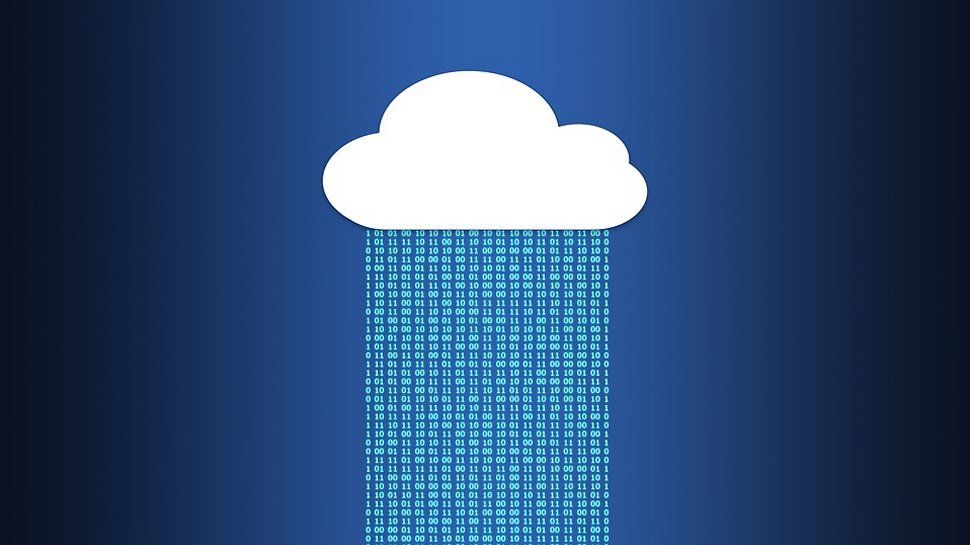Large language models (LLMs) have taken the world by storm. It’s unsurprising given their versatility to answer questions on a broad range of topics and generate content at speed. However, it’s becoming clear that the most valuable models to enterprises are not those that can recite the works of Shakespeare, but those that can provide accurate, domain-specific expertise.
In most cases, that means using industry or company-specific data – something most organizations will be wary of plugging into a model. This is exactly where Retrieval Augmented Generation (RAG) frameworks come in.
Lead Developer Advocacy (Global) at MongoDB
Getting under the hood
RAG is a process that improves the accuracy, currency and context of LLMs like GPT4. They work by combining a pre-trained LLM with a retrieval component that is connected to readily accessible information. The retrieval system finds relevant information in a knowledge library like a database. This, in turn, is passed to the LLM, or foundation model, to provide a more informed and accurate natural language answer with the most current and relevant information for the task.
RAG systems allow LLMs to refer to an external authoritative source of knowledge outside of the data set it was trained on, such as a company’s proprietary data, without needing to be retrained or compromising the security of that data.
It is this information retrieval component that is at the heart of how RAG works, and how it’s differentiated from general LLMs. Chatbots and other technologies that use natural language processing can massively benefit from RAG. And a variety of industries, especially those handling sensitive or specialized data, can begin to maximize the full potential of data-driven LLMs with RAG in their corner.
The best of both worlds
Using a RAG approach brings several benefits. One of the most important is the ability to make large language models more agile. Most language models have a defined training window that can go out of date quickly, but RAG allows volatile and time-sensitive data to be used in an LLM, such as developments in the news. As a result, RAG allows an LLM to be updated at the point of the user’s request, rather than requiring it to be entirely retrained with new data regularly.
RAG can also allow the model to be supplemented with sensitive data that cannot (and should not!) be used for the initial training of the LLM. RAG is particularly useful for any generative AI applications that work within highly domain-specific contexts, healthcare, financial services and science and engineering for example. Data in these domains tends to be sensitive, and there are various frameworks and regulations in place to safeguard its privacy, meaning training data is often sparse. In turn, RAG is essential to building useful generative AI tools in these industries.
As an example, consider electronic health records and medical histories. These contain sensitive information protected by privacy laws. While such records would never be included in the initial LLM training, RAG can integrate this data during runtime, allowing a healthcare professional to make queries about patients without compromising their data. This enables RAG applications to offer more precise and relevant responses to patient queries, enhancing personalized care and decision-making while maintaining data privacy and security.
Limitations to note
While RAG is a powerful approach, it’s not a silver bullet. Its effectiveness depends on the quality of the retrieval system and the data being used. If the retrieval system fails to find accurate or relevant documents, the generated output can be incorrect. Similarly, the retrieval database must also contain accurate, up-to-date, and high-quality documents to ensure responses are useful. RAG systems are a powerful addition to an LLM’s accuracy, but this approach does not entirely eliminate the risks of AI hallucinations, or inaccurate responses.
Also, while being able to draw from more up-to-date sources of information, RAG systems do not access information from the internet in real-time. Instead, RAG requires pre-indexed datasets or specific databases that must be regularly updated as that data evolves. However, it is usually still much easier to update this additional database than to retrain the foundational LLM.
A new frontier of generative AI applications
Given the use cases of RAG, we’re likely to see further research into hybrid models that combine retrieval and generation in AI and NLP. This could inspire innovations in model architectures leading to the development of generative AI capable of taking actions based on contextual information and user prompts, known as agentic applications.
RAG agentic applications have the potential to deliver personalized experiences, such as negotiating and booking the best deals for a vacation. The coming years will likely see advancements in allowing RAG models to handle more complex queries and understand subtle nuances in the data they retrieve.
We list the best AI chatbot for business.
This article was produced as part of TechRadarPro’s Expert Insights channel where we feature the best and brightest minds in the technology industry today. The views expressed here are those of the author and are not necessarily those of TechRadarPro or Future plc. If you are interested in contributing find out more here: https://www.techradar.com/news/submit-your-story-to-techradar-pro





